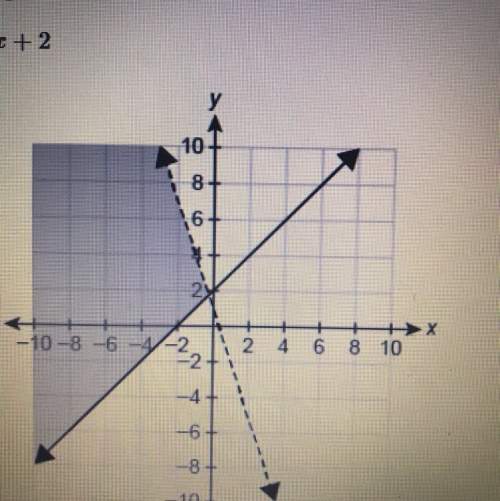
Mathematics, 19.09.2019 17:30 Mintfu8122
Which shows a recursive and an explicit formula for a sequence whose initial term is 14 and whose common difference is −4? a. a(1) = 14; a(n) = (n − 1) −4; a(n) = 14 + (n − 1)(−4) b. a(1) = 14; a(n) = (n + 1) −4; a(n) = 14 + (n − 1)(−4) c. a(1) = 14; a(n) = (n − 1) − 14; a(n) = 14 + (n − 1)(−14) d. a(1) = 14; a(n) = (n + 1) − 14; a(n) = 14 + (n + 1)(14)

Answers: 1


Other questions on the subject: Mathematics

Mathematics, 21.06.2019 14:10, nunezjazmine01
Apackage of bacon holds 15 strips of bacon. the pancake house uses 17 packages of bacon in the morning and 21 packages in the afternoon. how many more strips were used in the afternoon than the morning?
Answers: 1


Mathematics, 21.06.2019 22:00, zurfluhe
Manuela claims that and are congruent. which statement best describes her claim? she is incorrect because the segments do not have the same orientation. she is incorrect because the segments do not have the same length. she is correct because the segments have the same length. she is correct because the segments have the same orientation.
Answers: 1

You know the right answer?
Which shows a recursive and an explicit formula for a sequence whose initial term is 14 and whose co...
Questions in other subjects:




History, 02.04.2020 02:22

Mathematics, 02.04.2020 02:22

History, 02.04.2020 02:22

Social Studies, 02.04.2020 02:22

History, 02.04.2020 02:22


History, 02.04.2020 02:22




